The content of the article
Tangerine trees take root in urban apartments easier than lemon or orange. They do not fade when the temperature in the room drops to +14, and in a year they can produce up to 70 juicy and sweet fruits. Citruses purify and disinfect the air, protecting apartment residents from colds and viral diseases, delight the eye with a thick dark green crown and delicate white flowers that smell much better than any freshener.
Mandarin Buying Rules
Already adult fruiting trees are sold on the Internet or in specialized nurseries, which are enough to bring home, water and feed. Formed citruses will cost a round sum, so it is easier to grow your own tangerine from a sprout or seed.
The first option is less troublesome, but when buying a young tree, you should ask the sellers for a certificate. Some merchants give Kalamondins as mandarins, which smell like citruses and bear fruit, but orange fruits are completely tasteless. They are deceived mainly in markets or in supermarkets, because nurseries value their reputation, but even when visiting a specialized center, one should ask employees for documents.
Land preparation
Citrus fruits do not tolerate acidic soils that contain peat. Land for growing tangerines should be light and nutritious, let air through and retain moisture. To prepare the right soil for young trees, you need to mix 4 components:
- sheet and turf soil in equal proportions;
- coarse river sand, which must be disinfected;
- humus obtained from cow manure.
The last ingredient can be replaced with compost, in which no less nutrients. When the tangerine is 3-4 years old, greasy clay is added to the soil, which will retain moisture and protect the root system from drying out.
Pour a drainage layer 3-5 cm thick in a pot or tub intended for citrus. Expanded clay, fine pebbles or clay shards are suitable. Use large pebbles that better allow air to pass through and prevent stagnation of water at the bottom.
Do I need to transplant mandarin
Every year, a citrus tree is moved from a smaller pot to a larger one, because a growing tree needs to increase space. Four-year-old mandarin is recommended to be transplanted immediately into a wooden tub, where he will live and bear fruit for the next 2-3 years.
It is better to resettle the plant in spring, when citrus wakes up and actively develops. First, make a little digging to check the status of the root system. If the mandarin is tightly braided by an earthen lump, it is transplanted. If not, change the topsoil and leave in the old pot until next year.
How to relocate citrus without injuring it?
- Moisten the ground around the edges so that it better lags behind the walls of the pot.
- Gently tap the container with a spatula or hand. It’s easier to separate the soil roots from clay or wooden walls.
- Take the mandarin by the trunk and take it out with the ground. It is not necessary to clean the old soil from the plant so as not to damage it.
- Prepare a new pot in advance with drainage and a layer of earth. Put mandarin in it, top with soil.
- Tamp the soil, but not much. Sprinkle citrus and place in the sun.
When replanting a tree, it is impossible to completely cover the root neck with earth. Its upper part should remain on the surface so that the citrus takes root more quickly.
Note: The root neck of a mandarin is the line dividing the trunk and skeletal roots.At this point, the tree has a small seal, which is half sprinkled with earth.
Lighting
Mandarins need sunlight. The larger, the healthier the tree and the juicier the fruits. Adult citruses are placed next to western or eastern windows. Pots with young trees are placed on the northern windowsill.
Plants feel good near the southern windows, if they are installed blinds or translucent curtains that scatter light. It is undesirable for direct sunlight to fall on citrus leaves. Ultraviolet burns the crown of mandarins and dries the earth.
In summer, citruses are useful to take out on the balcony or leave in the garden. The tub is set under tall, spreading trees that will scatter and soften the light. Plants located in the apartment by the window should be closed from the sun at noon, and opened in the evening, closer to 4-5 hours.
In winter, tangerines must be supplemented with phytolamps. The duration of daylight hours is 8–12 hours, no less, otherwise citrus weakens, leaves turn yellow and fall off. The tree is restored long and difficult, spending a lot of energy and nutrients, and some instances can not cope with the shock and die.
Tip: When using special lamps, a citrus tub should be rotated from its own axis from time to time so that all sides of the plant receive approximately the same amount of light.
Temperature and humidity
In spring, the first buds appear on a tangerine tree, and it is important that the temperature in the room does not fall below + 20-25 degrees. When the thermometer’s mark drops to + 17–15, the citrus is covered with empty flowers, which smell pleasantly, but do not produce a crop.
In winter, the plant is transferred to a cool room. The temperature in the room is reduced gradually, due to a sharp cooling, the tree can lose its leaves. The room should first have +18, after + 16-14, and some gardeners lower to +10. Why keep citrus in a cool room? So that the mandarin could have a little rest and gain strength. After a short winter vacation, more buds bloom on the tree, and the fruits become juicier and sweeter.
Prepare tangerine for hibernation after harvest. In mid-January, the temperature in the room begins to gradually increase so that the citrus "wakes up" and has time to prepare for spring flowering.
A tangerine tree loves heat and moisture, so in the heat it needs to be sprayed twice or thrice a day from a spray bottle. In the summer, a bucket or basin of water is left next to the plant to prevent air drying out. In winter, it is advised to install special humidifiers or ionizers. If the tangerine tub is not far from the battery or radiator, cover the heater with a damp towel.
The room in which the citrus stands is regularly ventilated. But the tree is pushed away from the window, because mandarin does not tolerate drafts.
Watering citrus
When the earth in the tub with tangerine dries up, spider mites can appear on the plant. The soil should always be slightly moist, but not wet, so in the summer the tree is watered daily, and in winter it is reduced to 2-3 times a week.
You need to try the soil with your finger, and if it seemed friable and too dry, add a little water. Before watering, look into the pan. The accumulated liquid indicates that there is too much water, and the tree does not have time to absorb it. Watering must be stopped before the pan dries, otherwise the root system will begin to rot or a fungus will appear.
Use only purified melt or rain water. The liquid is left to stand for 3-4 days in a large pan or plastic bucket, and then passed through a kitchen filter. You can’t water mandarin with water just from the tap, because heavy impurities and salts settle in the ground, inhibiting the plant.
The volume of liquid depends on the size of the tree and air temperature.The hotter the room, the more moisture evaporates. If a small mandarin is enough for 0.5-1 l, then an adult tree will need three or four.
Water must be heated to + 35-40 degrees. How to check fluid temperature without a thermometer? Put your finger in it. It should be nice, but not hot.
Pour water to the root, trying to prevent droplets from falling on the leaves and trunk. Moisten the crown separately from the spray gun so that the liquid is evenly distributed. During the flowering period, make sure that water does not fall on the buds. If a few drops fall on green or ripe fruits, that's okay.
Watering the tree is better in the morning. Water helps the plant wake up and starts metabolic processes.
Fertilizer
In winter, tangerine does not need to be fed, but from April to September-October, when the buds open and the fruits ripen, the tree needs to be fertilized. Make nutrients twice a month. Buy complex fertilizers containing:
- phosphorus;
- nitrogen;
- potassium.
You can find suitable fertilizers in flower shops. Recommend to stay at:
- Uniflor-bud during the flowering period;
- Kemira Suite;
- Uniflor-growth during fruit ripening.
Mineral fertilizers alternate with organic ones. Natural nutrient solutions are prepared from cow manure or bird droppings. Part of the dry matter is diluted in 10-12 parts of water, insisted for 2-4 days, and then applied in small portions.
Soil before fertilizing moisturize. When using chemicals, it is important to follow the instructions. If you increase the dosage, you can burn the roots of mandarin or poison the tree. A weak solution is processed and the leaves of citrus. Mineral fertilizers should not fall on the fruit.
Recommendations
In spring, before flowering, the tree is pruned. Dry and thin branches are removed, yellowed leaves are torn. Garden shears must be ground and sanitized before pruning. Slices are treated with wood resin to make them quicker to heal.
It is easy to form an oval crown in mandarin. It is enough to pinch the tops of the twigs and cut off the extra shoots that are not able to bear fruit, and only pull the nutrients from the tree.
When the plant blooms for the first time, you need to leave only 10-15 buds. The rest are carefully cut so that they do not deplete the young tree. The older the tangerine becomes, the more ovaries can be left.
In the tub, install one or more wooden supports to which branches with fruits are tied. Large fruits are attracted to the ground, and the mandarin can break or split into several parts.
Citrus needs to be bathed monthly. Cover the pot and the ground with plastic wrap and place the plant in a bath. The leaves are first wetted and then lathered. You can gently rub them with a soft cloth to remove dust and cobwebs. Turn on low pressure and wash off the suds. Water should be at room temperature or slightly warmer.
It remains to get the leaves and branches wet with a dry towel. Let the tangerine stand in the bathroom until it dries completely, and after that you can return it to its old place and remove the film.
Taking care of a citrus tree is no more difficult than taking care of an apple tree in the garden or an orchid growing on a windowsill. A lot of light, a little water and fertilizer - and the mandarin will stretch out, covered with dark green leaves and delicate buds. In summer, citrus will delight with a rich aroma, and in winter it will thank the sweet and healthy fruits that are associated with the New Year and magic.
Video: how to grow mandarin from a stone

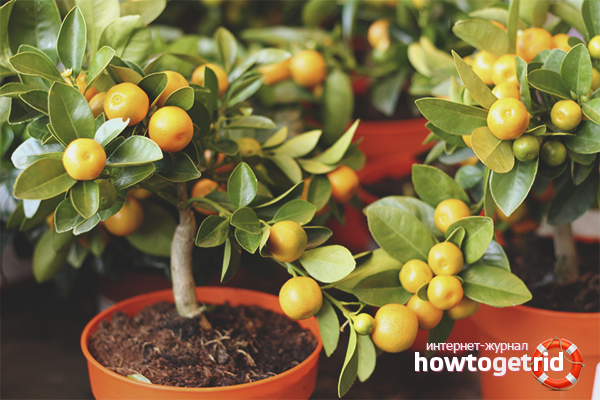
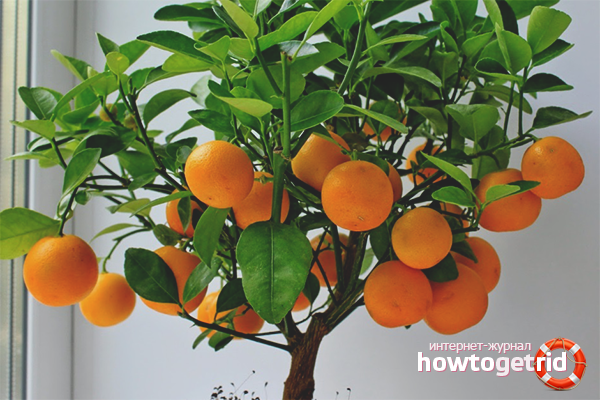
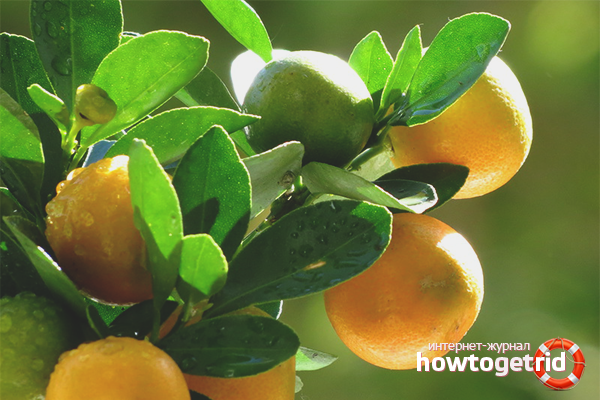
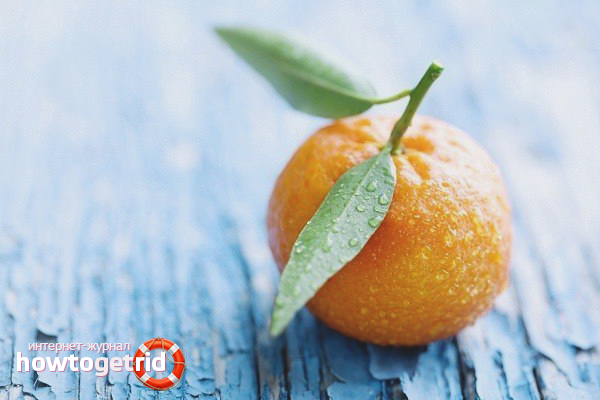
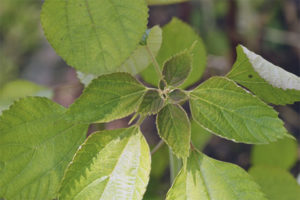


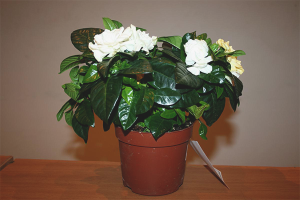
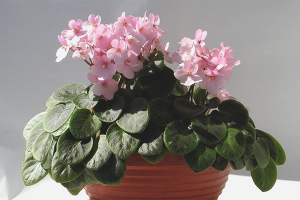



Submit